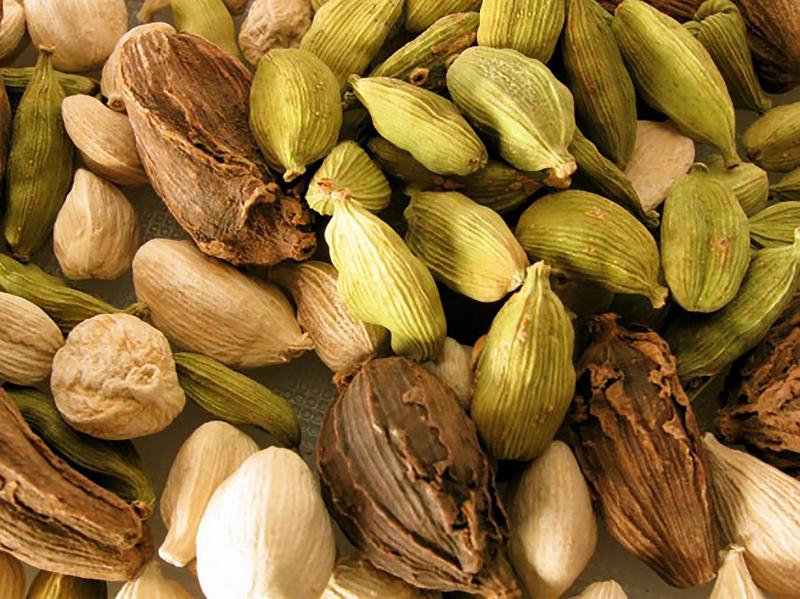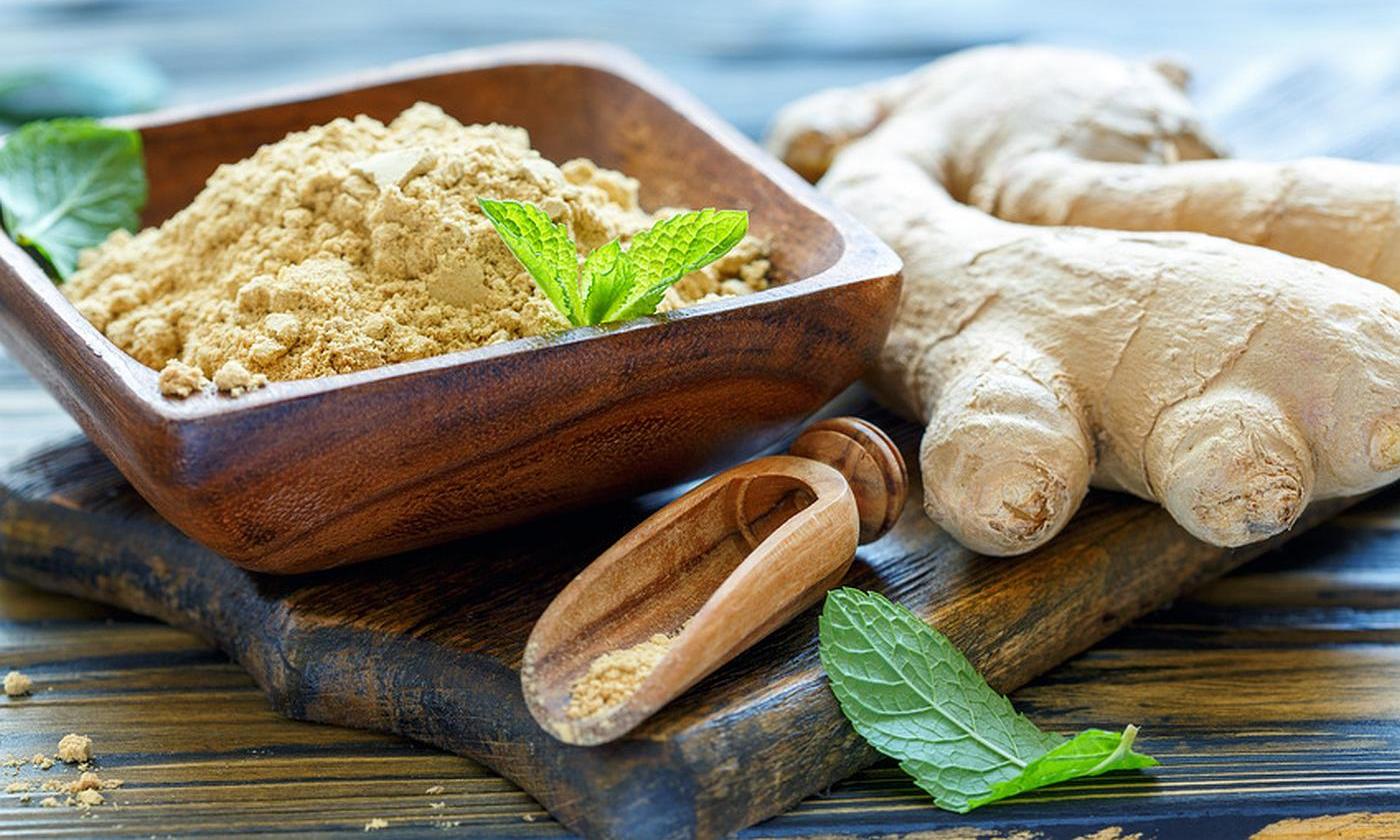In many countries, various plants are used for medicinal purposes. For many centuries, natural remedies have been reliable assistants for doctors and healers. However, some medicinal plants can be successfully grown at home.
For example, ginger is a medicinal herb whose roots are great for fighting flu and other illnesses. But, besides this, it can become a beautiful decoration for your home. And how does ginger grow, and what you need to know to grow it at home?
What is ginger
 To understand how to grow, you need to know where ginger grows. This plant is native to Asia. Here, in a warm and humid climate, ginger grows in the wild.
To understand how to grow, you need to know where ginger grows. This plant is native to Asia. Here, in a warm and humid climate, ginger grows in the wild.
This fact must be taken into account when growing. Ginger roots have branches in the form of "horns", this form gave the name to the plant.
Rhizomes are an important element, it is from them, or rather, from the buds located on the roots, that new shoots grow. The leaves of the plant are large. The shoots themselves, which can grow up to one meter at home, are very similar to reeds.
But the most valuable thing, as already mentioned, is the roots. The color of their flesh, at a young age, is white. Over time, the tonality changes to yellow. It is the roots that are mainly used for medicinal purposes.
Planting a plant
Ginger can be propagated by both seeds and rhizomes. But it is the second method that is the most common. The process of planting a plant itself can be roughly divided into the following stages:
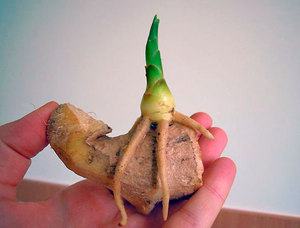 First of all, you need to choose the right ginger rhizome. When buying, you need to pay attention to the appearance. The root should have a smooth surface, a fibrous structure (which will indicate that the rhizome is already several years old, and sprouts will appear from it faster) and a large number of buds.
First of all, you need to choose the right ginger rhizome. When buying, you need to pay attention to the appearance. The root should have a smooth surface, a fibrous structure (which will indicate that the rhizome is already several years old, and sprouts will appear from it faster) and a large number of buds.- In addition, the planting material should be free of dark spots and traces of mold.
- Stimulation of the emergence of sprouts. The rhizome must be placed in warm water for several hours. If the root is fresh, then this procedure is not required.
- Preparing the material for planting. The ginger rhizome can be cut up to grow more plants. But this must be done strictly along the lines of the jumpers. At the same time, make sure that there are several buds on each piece.
- After that, the root can be kept for several hours in a weak solution of potassium permanganate or sprinkled with crushed coal at the cut points.
- Preparing the soil. Ginger loves rich and breathable soils. You can purchase a ready-made mixture intended for ornamental plants (with neutral or weak acidity). If you decide to do everything yourself, then take turf, humus and sand in equal proportions.
- Landing. The root is deepened into the ground by no more than two centimeters. In this case, you need to make sure that the kidneys are looking up. Do not allow contact of the rhizome with the walls of the container, so that rot does not form.
After planting, you need to constantly maintain the soil wet, also the container should be in a warm room. In this case, the sprouts will appear in 2-8 weeks. The shoots grow unevenly. The first sprout may already be with leaves when the next one appears.
Ginger care at home
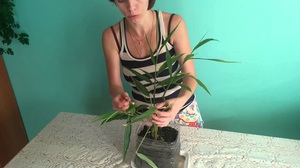 You should immediately decide why you are going to grow ginger - to get rhizomes or as an ornamental plant. It is on this choice that the approach to plant care methods will depend.
You should immediately decide why you are going to grow ginger - to get rhizomes or as an ornamental plant. It is on this choice that the approach to plant care methods will depend.
The homeland of ginger is distant Asia, so if you want to get a healthy and useful plant, then you should take care of the care more carefully.
Good growth will be ensured if the following requirements are met:
- special watering regime;
- organization of the necessary lighting;
- compliance with the temperature regime;
- maintaining the desired level of air humidity;
- timely and high-quality feeding.
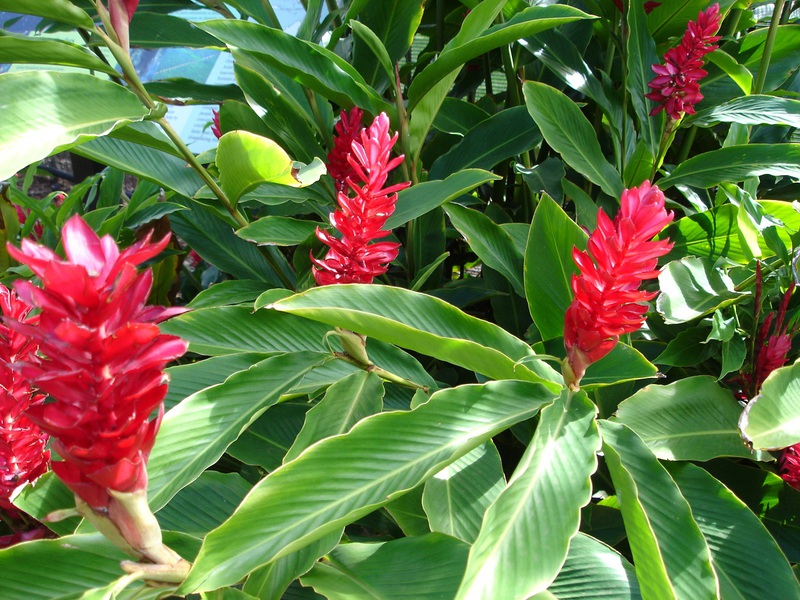
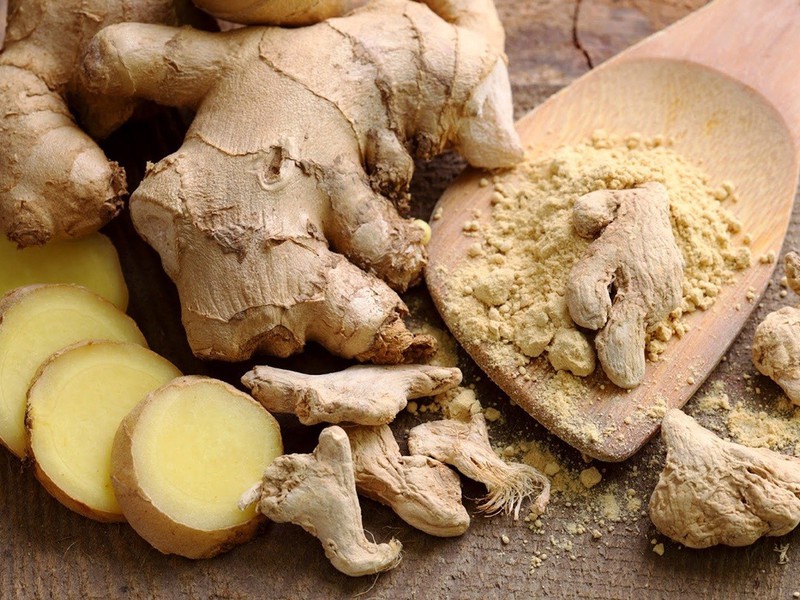
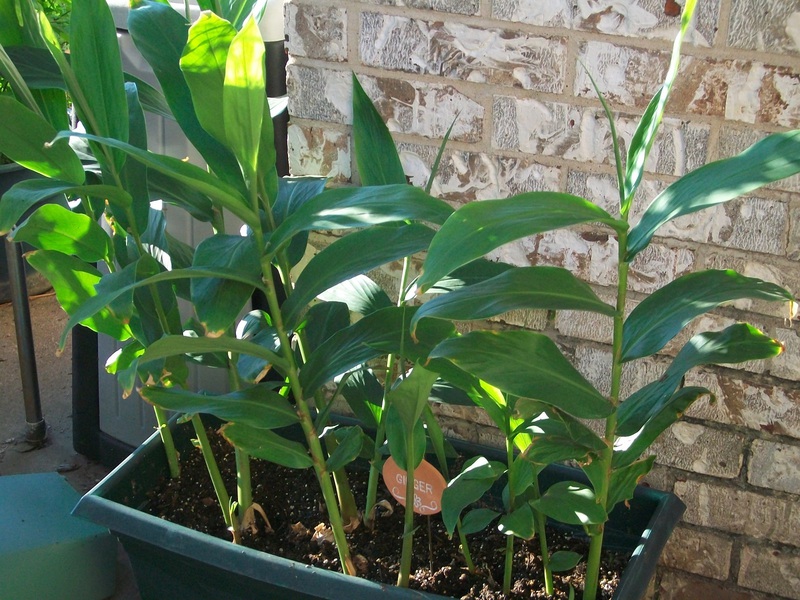
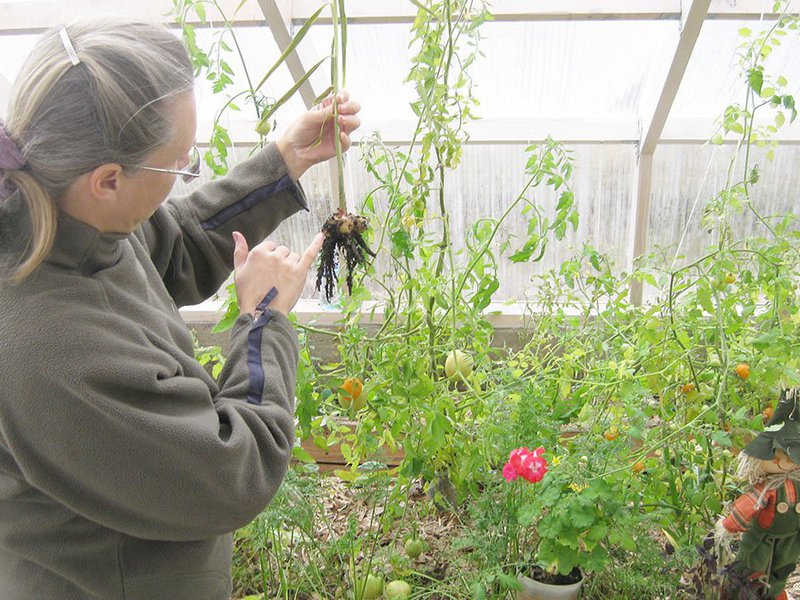
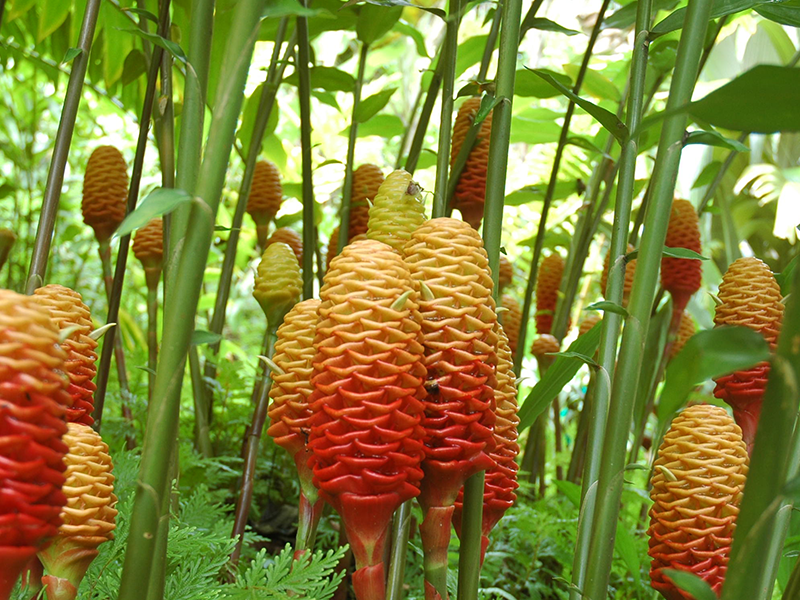
Ginger grows in humid climates, so regular watering is very important... In this case, it is necessary to use soft water at room temperature (preferably settled for at least two days).
Keep the soil always moist, especially for the flowering and vigorous growth period. But stagnation of water should not be allowed, in this case the roots will begin to rot.
Place the containers with the plant on the west or east windows. Ginger loves light, but at the same time it does not tolerate direct sunlight. In winter and in cloudy weather, it is better to additionally resort to artificial lighting.
You also need to be careful with the temperature. The optimal regime for growth will be warm in the region from +28 to +32 degrees. This applies to the summer period, in winter a lot will depend on your desires.
In winter, ginger can be given a "rest" time, in which case the temperature should be within 10-15 degrees above zero (the "rest" state contributes to the rapid appearance of flowers).
If you decide to grow the plant all year round, then the temperature must be kept high. But the main thing is avoid sudden changesespecially drafts in winter.
Ginger is native to humid forests, so there should be enough moisture in the air. It is necessary to carry out daily spraying leaves.
But this procedure is carried out only during the growth period. If in the winter you start a "dormant" period, then spraying must be stopped. In this case, you should not be afraid of wilting, and even leaf fall.
This plant loves rich soil. You need to make every ten days special fertilizer complex... If you don't find one, then a weak mullein solution will do. Closer to autumn, you need to alternate such top dressing with the introduction of potash fertilizers.
Ginger is a beautiful and healthy plant. Its homeland is the humid forests of Asia and this imposes special requirements for care. Regular watering, humidifying the air, spraying, feeding and warmth are the basic prerequisites for good growth.
At first glance, such requirements seem to be quite time consuming, but in fact, leaving will not take much of your time and effort. Just 10-15 minutes a day and a beautiful bush with a bright flower will turn green on your windowsill, which, if necessary, will help you cope with many diseases.
